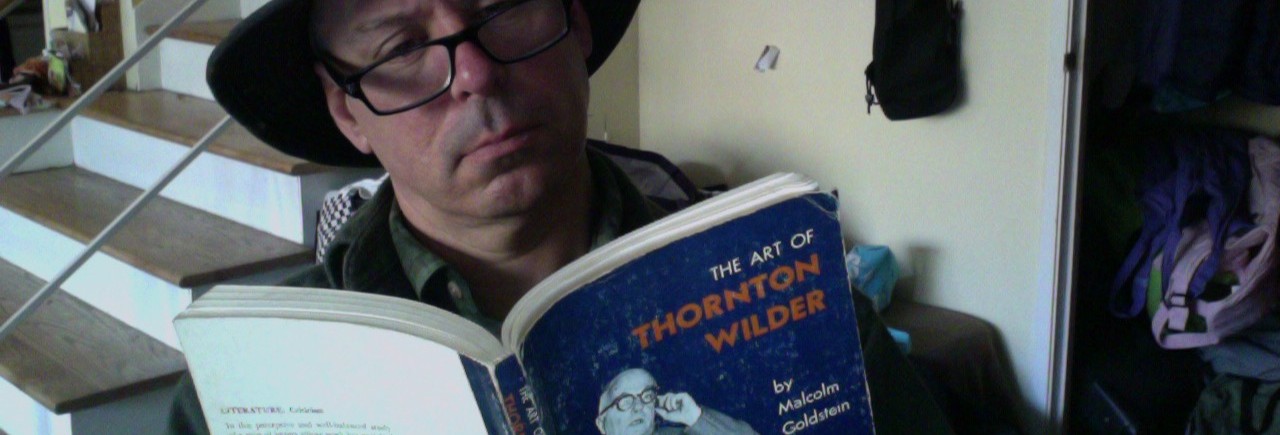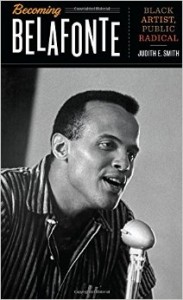Becoming Belafonte—Black Artist, Public Radical
By Judith E. Smith (University of Texas Press, 2014)
This new Harry Belafonte bio by Judith E. Smith an American Studies prof at UMass, contains a tremendous chapter titled “Black Left, White Stage, Cold War—Moving Into the Spotlight, 1949-1954.” It covers Belafonte’s career as it burgeoned on several fronts simultaneously, mid-century. It also covers Belafonte’s activism during that time, and shows how his support for civil rights and Communist causes impacted (or didn’t) on his growing success on Broadway (as the showstopper in the revue John Murray Anderson’s Almanac), in Greenwich Village folk clubs and in the movies (Carmen Jones).
Smith’s deeply researched, heavily annotated book details how difficult it was for black performers to make a living on the American stage. They had to diversify, or move to Europe, or take every available opportunity. Smith drives these points home by naming names and shows and clubs and theaters, giving as in-depth a portrait of Belafonte’s stage beginnings as any bio (even though, compared to some of those other books, Becoming Belafonte is relatively brief).
Here’s an excerpt, about Belafonte deciding to start a restaurant with some friends in the Village:
Belafonte was one of many black performers losing hope of making a living through the limited opportunities onstage. By 1948, Gordon Heath, the widely admired star of a successful and long-running 1946 Broadway play, had abandoned the United States, moving first to London and then Paris. There he and his partner opened a nightclub, where they sang fold songs, spirituals and the blues. The only work Brock Peters could find was touring with Leonard de Paur’s infantry chorus and a cabaret act. And Belafonte wasn’t the only aspiring actor to open a restaurant. Although Sidney Poitier had worked steadily in the traveling company of Anna Lucastra in the late 1940s and had already played two substantial parts on-screen, he now was unemployed. With the manager of Harlem’s Hotel Theresa, he opened an uptown barbecue grill, Ribs in the Ruff, at 127th Street and Seventh Avenue.
Later in the book, Smith outlines Belafonte’s efforts to draw attention to the struggle for independence in South Africa, including his championing of the singer Miriam Makeba. (One of Belafonte and Makeba’s American tours touched down here in Connecticut, May 28 1961 at the Oakdale in Wallingford. The local Herald newspaper at the time described Belafonte as “the most amazing singer-showman.”)
By concentrating on his radical side, Smith’s book shows us Belafonte’s career in a new light. Some of the struggles, we learn, weren’t all that fraught (virulent anti-commie columnist and TV host Ed Sullivan let Belafonte on his show despite their political differences). On the other hand, Paul Robeson, a major target for redbaiters, personally told Belafonte not to perform with him at a National Negro Labor Council rally because of the older performer’s awareness that associating with him could kill the careers of younger artists.
It’s just great to read a celebrity bio that’s about something other than fame and fortune. This book will make you pine for the political activism that infused the arts in America half a century ago, and make you overjoyed at how much Belafonte and other artists did to change American culture and race relations at the time.

